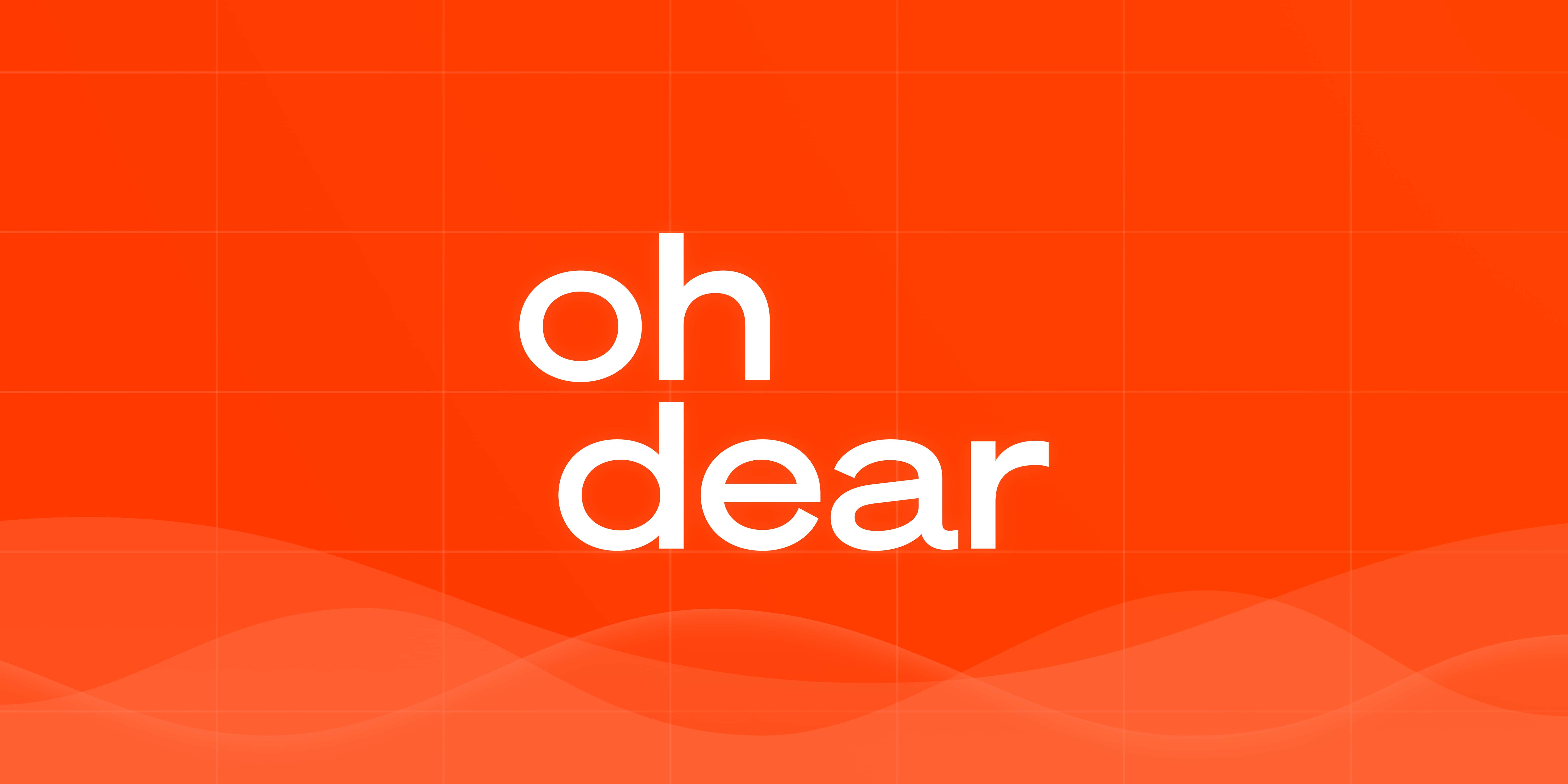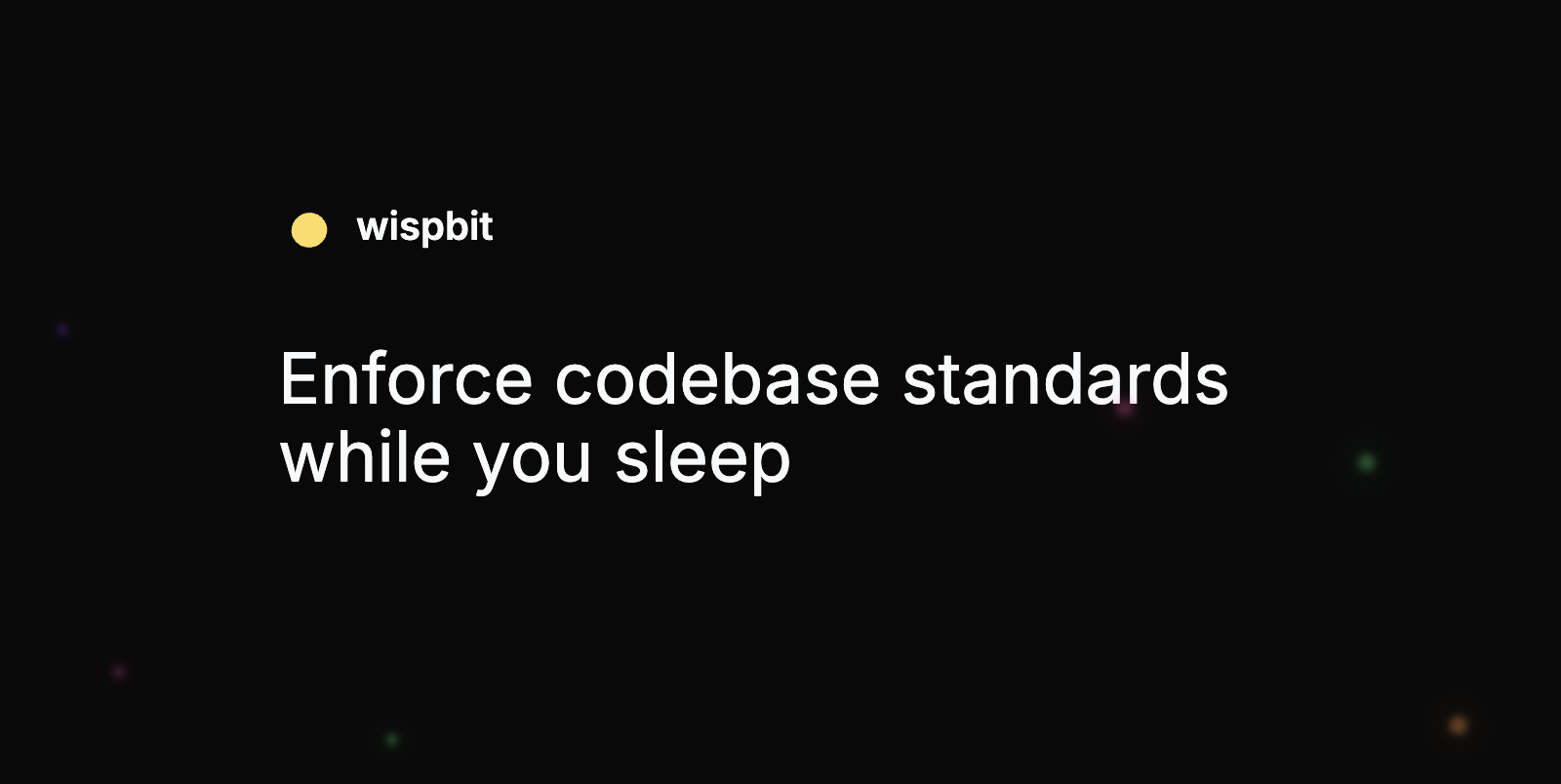DevOps Articles
Curated articles, resources, tips and trends from the DevOps World.
New – Amazon Aurora I/O-Optimized Cluster Configuration with Up to 40% Cost
Summary: This is a summary of an article originally published by AWS DevOps Blog. Read the full original article here →
Aurora provides unparalleled high performance and availability at global scale with full MySQL and PostgreSQL compatibility at up to one-tenth the cost of commercial databases. Customers also benefit from additional cost-saving innovations such as https://aws.amazon.com/rds/aurora/serverless/ (ASv2), which provides seamless scaling in fine-grained increments based on the application’s demands.
Getting Started with Aurora I/O-Optimized You can create a new database cluster using the Aurora I/O-Optimized configuration or convert your existing database clusters with a few clicks in the https://console.aws.amazon.com/rds, https://aws.amazon.com/cli/ (AWS CLI), or https://aws.amazon.com/developer/tools/.
Aurora I/O-Optimized configuration is available in the latest version of Aurora MySQL version 3.03.1 and higher, Aurora PostgreSQL v15.2 and higher, v14.7 and higher, and v13.10 and higher. This configuration supports Intel-based Aurora database instance types such as t3, r5, and r6i, Graviton-based database instance types such as t4g, r7g, and x2g, Aurora Serverless v2, Aurora Global Database, on-demand Aurora database instances, and reserved instances.
Product
Useful Links
Made with pure grit © 2025 Jetpack Labs Inc. All rights reserved. www.jetpacklabs.com





